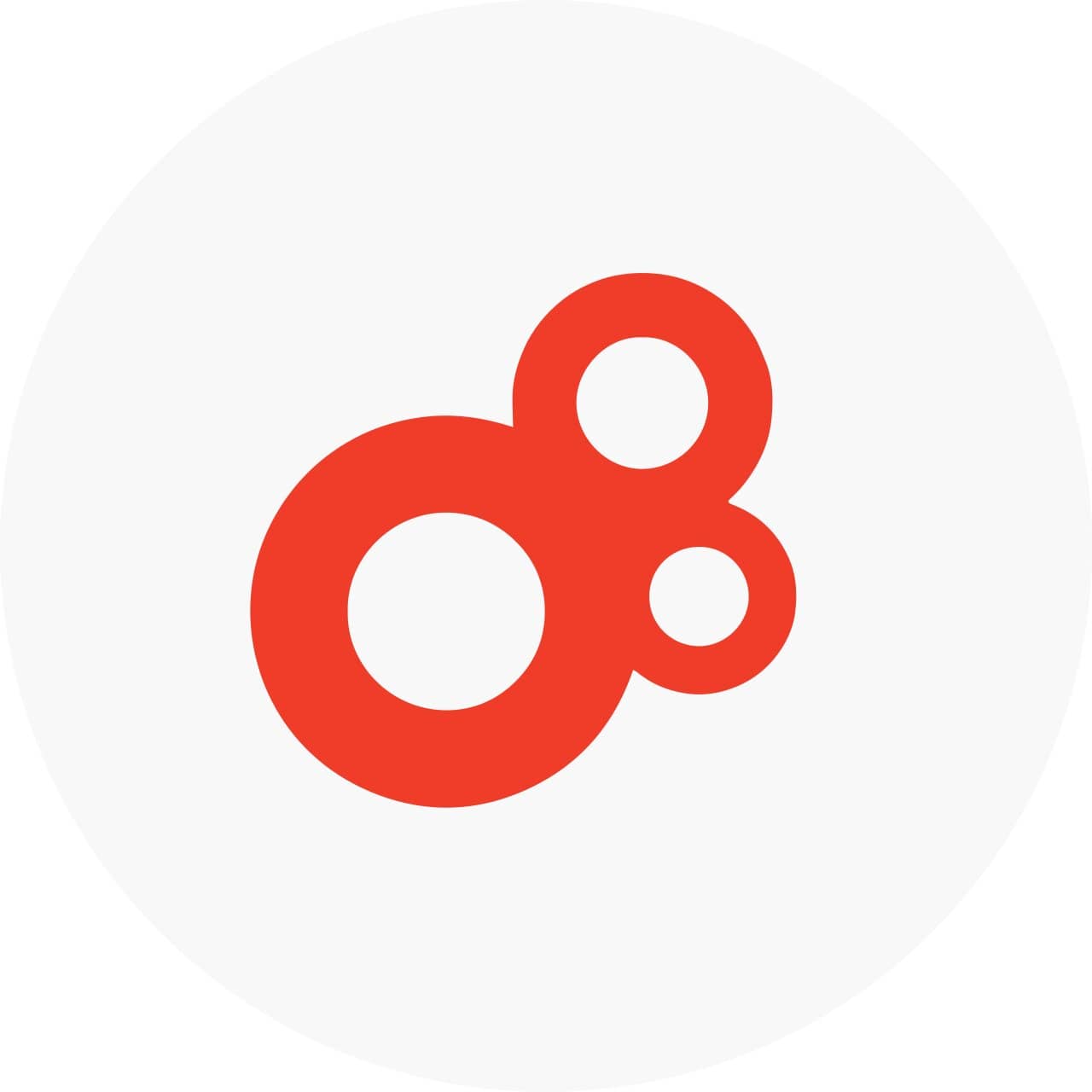
A learning management system (LMS) is the foundation of every successful corporate learning and development (L&D) program. But how can you make sure you’ve chosen the right LMS? After all, no two training initiatives are totally alike — meaning that there’s really no such thing as a one-size-fits-all solution.
The good news is that most LMS vendors understand this. Instead of providing their software as a monolithic package, they’ve started breaking it into modules. Let’s go over some of the most important training modules.
What is an LMS Module?
An LMS module, as the name suggests, is a feature or component of an LMS platform. In some cases, a module might be available directly out of the box. Other times, it might be sold as an optional add-on for the platform or even available as an integration with a third-party vendor or partner.
What are the Different Types of LMS Modules?
Assessments
Assessment modules help you evaluate the performance and comprehension of your trainees. They usually provide you with a few different options, including quizzes, hands-on simulations, and games. Depending on whether or not your LMS supports automation, you might also be able to have the tool recommend follow-up training or provide instant, real-time feedback to learners.
Most assessment modules also integrate with their LMS solution’s reporting and analytics module so that instructors can generate assessment reports and gain deeper insights into both learner performance and the effectiveness of their training.
Course and Content Management
As the name suggests, this module is focused primarily on storing and organizing your training content. Most LMS tools have this function baked-in, since it’s basically what they’re designed at their core to do. With that said, depending on your LMS, there may be some extra bells and whistles on top.
Some content management modules, for instance, might include authorship tools that enable the creation of new training material, while others might use artificial intelligence to generate or personalize training content.
User Management
Another core module in just about every LMS, user management ensures that both learners and instructors have appropriate access to information and training materials. This not only helps to support more organized training initiatives, but also improves both security and compliance. In LMS platforms that leverage AI for adaptive learning, this module usually has a bit of overlap with content management/content authoring.
User management usually goes hand-in-hand with security and authentication features such as single-sign on (SSO) and multi-factor authentication.
Social Learning
Social learning is less a module on its own than an umbrella term encompassing all the different ways an LMS might support communication and collaboration. This could be as simple as integrating with an application like Slack or as complex as built-in videoconferencing, discussion boards, and file sharing. On the instructor side, this module can also help support more effective coordination and project management.
Compliance
Depending on your industry, there may be certain regulations and standards you need to follow with your training content. Alternatively, you might want to provide compliance training or certification courses to employees, vendors, or partners. Compliance-focused modules support both of these basic functions.
Regulations and standards may include, but are not limited to:
- The Health Insurance Portability and Accountability Act (HIPAA)
- The Sharable Content Object Reference Module (SCORM)
- System and Organization Control Type 2 (SOC 2)
- Certified Information Systems Security Professional (CISSP)
Content Delivery
Another core function in every LMS is delivery. This encompasses all the different ways the system provides learning material to participants. Potential delivery methods might include virtual instructor-led training (VILT), self-paced training, blended learning, and microlearning.
Reporting and Analytics
An LMS tool’s reporting and analytics module allows you to both measure and share the results of your training programs. Typically managed through a single dashboard, the module can track and report on everything from learner performance to user behavior. Depending on the platform, you may also have the ability to generate graphical summaries of key metrics and performance indicators in a range of different formats.
Some possible areas of focus include, but are not limited to:
- Cost management
- Resource usage
- Completed courses
- Total signups
- Average completion time
- Quit rate
- Quit points
Gamification
Gamification modules help you integrate design elements and principles from video games into your training. Integrating video games with your training can be incredibly engaging when done right, as it allows you to provide some added entertainment to your learners. Gamification can be either relatively basic or complex, ranging from achievements and leaderboards to scenario-based learning or even a fully-functioning video game — CryptoMiner, for example, is a strategy game that teaches players about the basics of blockchain technology.
Learner Experience
Learner experience modules incorporate the functionality of a learning experience platform (LXP) into the LMS to improve learner engagement. Typically, this takes the form of AI-driven personalization and content management. Other LXP functions may include centralized, customizable learner portals and adaptive learning paths.
Integration
A good LMS should be able to integrate readily with a range of different software platforms and tools. This can be achieved in a few different ways. First, the LMS can include any number of pre-built integrations for specific partners or vendors.
In some cases, LMS may also include a bundled API to allow businesses to create integrations on their own.
Explore Gamification and Learner Engagement
You now understand some of the key modules in a typical learning management system. Next, let’s explore a few ways you can use one of the most promising — gamification. Check out Elevating Customer Education Through Gamification for some strategies to help enhance your customer training.




